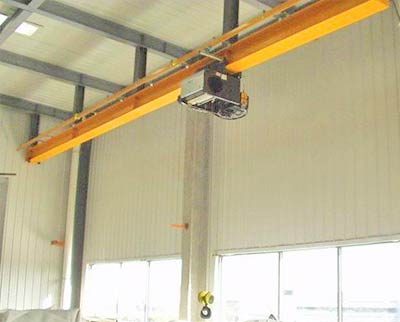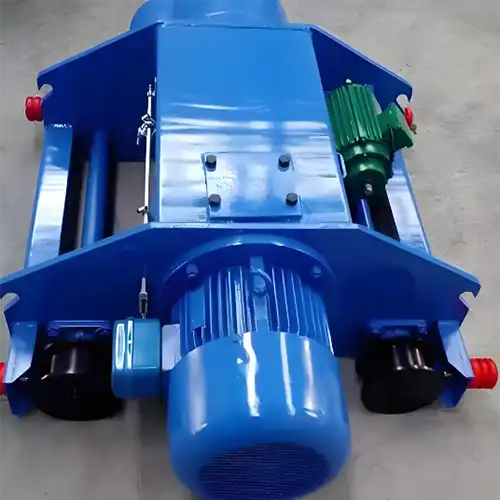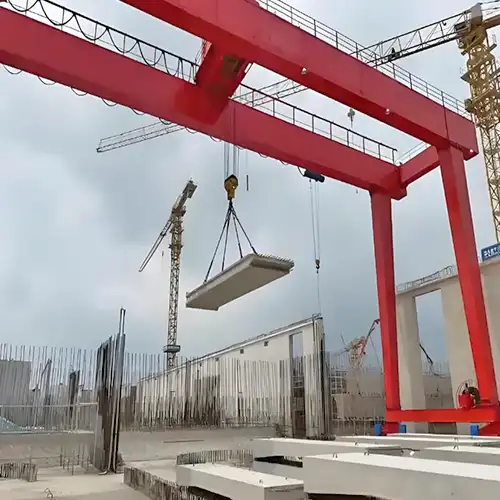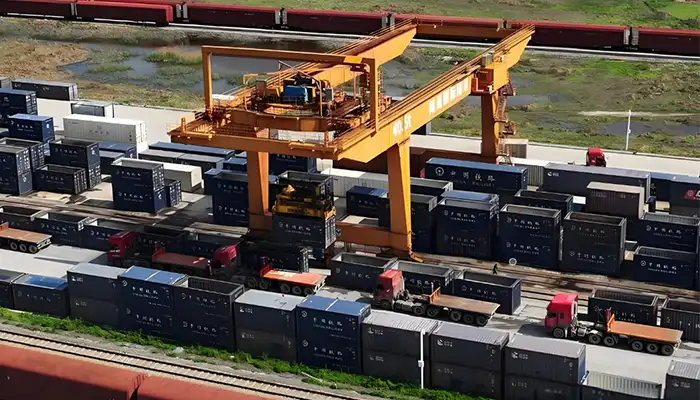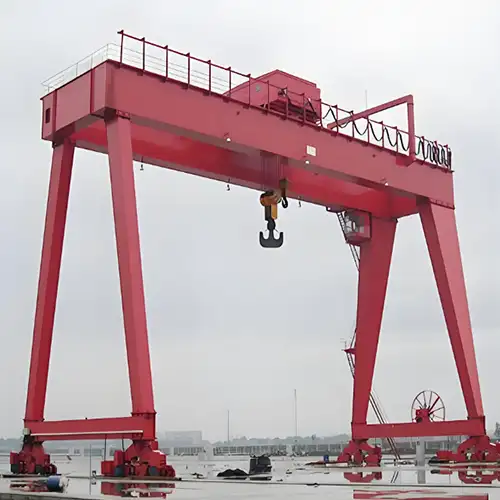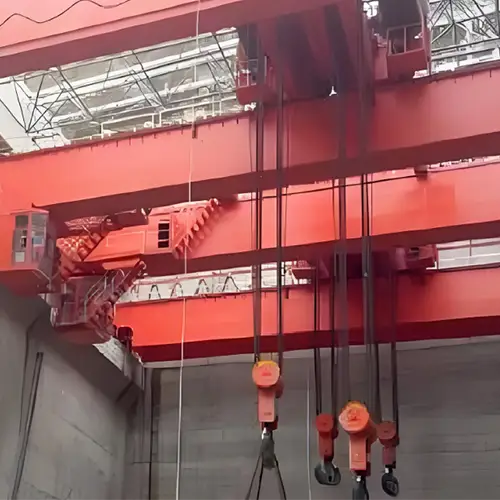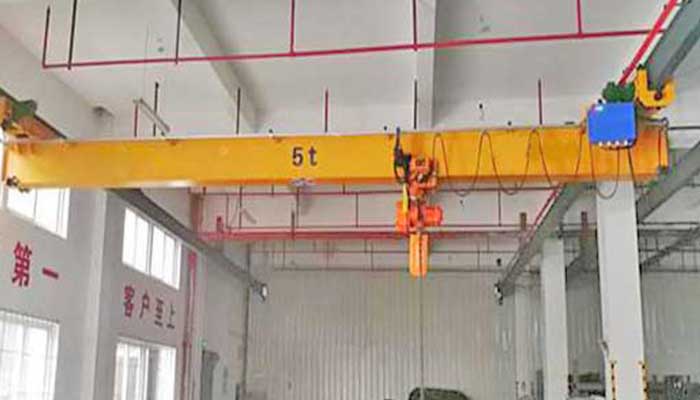
Monorail Safety & Monorail Inspections, Monorail Basics
Monorail inspections to the safety and the optimal functionality of crane monorails. What are the monorail inspections for your monorail? Check monorail inspections now. It is necessary to inspect a number of system components and operational functions at particular intervals to maintain both the safety and optimal functionality of crane monorails. Initial, Pre-Shift, Frequent, and Periodic monorail inspections are all recommended by the Monorail Manufacturers Association (MMA). Inspections should also follow the safety guidelines outlined in ANSI MH27.1: Patented Track Underhung Cranes and Monorail Systems, ANSI MH27. 2: Monorail Systems and Enclosed Track Underhung Cranes, as well as OSHA 1910.179, the Standard for Industrial Overhead Cranes and Gantry Cranes.
An outline of what should be included in each sort of inspection, how often they should be performed, and what components should be reviewed during each evaluation can be found here.
Initial Inspection
After a new monorail is installed or an old monorail has been renovated or repaired, an initial inspection is performed. Prior to commissioning, a first examination checks that the monorail is in good operating condition, ensuring that all safety and operational functions are functioning properly. The original equipment manufacturer (OEM) conducts these inspections, which look at things like clearances, operating speeds, lubricant levels, control settings, safety devices, and more.
They also involve a rated load test after the underhung trolley and lifting mechanism have been mounted on the supporting structures, which include I-beams. "Test loads shall not exceed 125 percent of the manufacturer's rated load unless the manufacturer recommends otherwise," according to OSHA. The load rating for the hoist as a consequence of the test shall not exceed 80% of the highest load sustained during the test." The owner of the monorail receives documentation of the inspection to maintain on file for the duration of the equipment's life. An initial inspection record identifying the impacted regions should also be retained on file if the monorail was repaired, modified, or altered.
Pre-Shift Inspection: Also known as a daily inspection or a pre-operational check, the monorail operator conducts visual and operational inspections at the outset of each shift. MMA provides two Daily Checklists for reference: MH27.1 for patented track systems and MH27.2 for enclosed track systems.
These inspections include confirming that the monorail has not been tagged with an out-of-order sign; that all motions align with control device markings; that there is no excessive drift in deceleration; that all bolts are installed and tight; that no cracks or defects are visible in welds; that end stop assemblies are properly installed; that the capacity of the hoist and trolley does not exceed the capacity of the system; and that there are no visible cracks or defects in welds. Although more operations are asking their monorail operators to prove that the evaluation has been completed, these inspections may or may not be documented on paper or electronically.
Frequent Inspection
The frequency of inspections is determined by a number of criteria, including the number of shifts the monorail is utilized, the operating circumstances, and the sorts of goods handled and their average weight (duty cycles). Infrequent/light (with inspections required semi-annually to semi-monthly), frequent/heavy (with inspections required monthly to weekly), and continuous/severe (with inspections necessary daily to weekly) are the three duty service classes identified in MH27.1 and MH27.2 (with inspections required weekly to daily). In addition, OSHA 1910.179(j)(1)(ii)(a) mandates that inspections be undertaken on a daily to monthly basis.
A skilled in-house staff or an outside specialist can conduct these inspections (either the OEM or a third-party inspection firm). All of the same aspects are checked in greater detail than during a pre-shift inspection. All objects should be marked as inspected, and the inspection report should be preserved for three years. The inspection of trolleys and hoists, as well as their hooks, wire ropes, and load chains, must be documented with a certification record that includes the date, the inspector's signature, and the serial number (or identifier) of each component. Any safety issues should be notified to the monorail's owner as away.
Periodic Inspection
These inspections are performed at least once a year, as well as semi-annually or quarterly, depending on the frequency of use, handled load characteristics, and operational environment of the monorail. In addition, OSHA 1910.179(j)(1)(ii)(b) mandates that inspections be completed every one to twelve months. These inspections are usually carried out by an OEM or a third-party inspection company. They include a thorough assessment of structural, electrical, and mechanical components, as well as all things checked in pre-shift and frequent inspections.Brakes, shafts, axles, wheels, couplings, sheaves and drums, transmission components, rails, trolleys, and below-the-hook devices are all inspected for wear, cracks, or other damage.
A sticker is usually placed on the system to confirm that the periodic inspection was completed and to document the date. A written report is also given, which the monorail owner and the business that did the inspection must keep on file. All results are documented in these reports, which also identify safety dangers, maintenance difficulties, and code or standard violations, as well as provide recommendations for corrective action. If a repair is needed, the owner has the option of getting a second opinion (especially if the repair is costly) and choosing who will do the work.
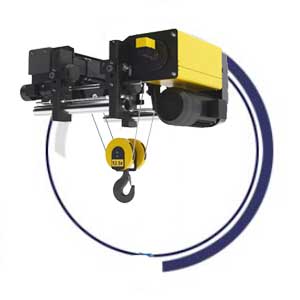
European style electric monorail hoist
The monorail hoists are applicable for various types of single girder overhead travelling crane, single beam crane, H beam crane, I beam crane, monorail crane, and other types of single girder cranes, etc.
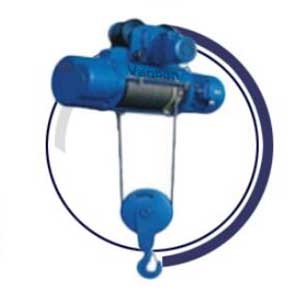
Chinese style electric monorail wire rope hoist
The Chinese type monorail hoists are applicable for various types of single girder overhead travelling crane, single beam crane, H beam crane, I beam crane, monorail crane, and other types of single girder cranes, etc.
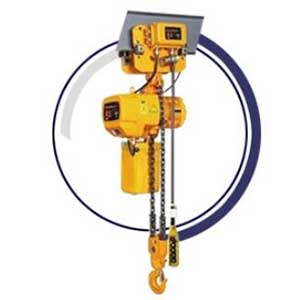
Electric Trolley monorail chain hoist
Types of monorail crane hoist designes are available for your single girder overhead travelling crane. Contact us to get your monorail hoist design and good overhead crane price.
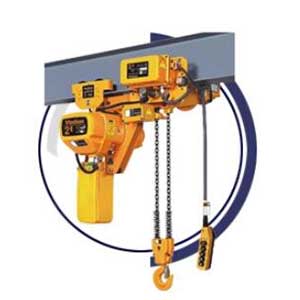
Low headroom monorail chain hoist
Types of monorail crane hoist designes are available for your single girder overhead travelling crane. Contact us to get your monorail hoist design and good overhead crane price.
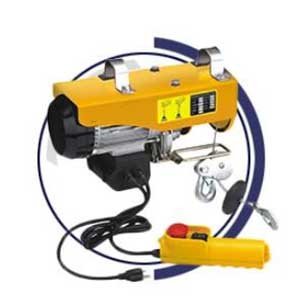
Mini small monorail chain hoist with single phase
Mini electric wire ropes hoists - fixed hoist design & electric trolley type- 0.2 ton- 1 ton mini rope lift, single phase mini electric hoists, cheap small hoist for sale.
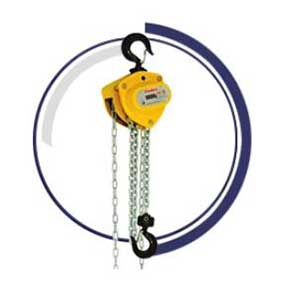
Manual and hand chain hoist & chain block
Manual chain block & manual chain hoist for sale. Light,economical & handy manual hoists & hand hoists of 250kg, 1 ton, 1.5 ton , 2 ton , 3 ton , 4 ton , 5 ton , 6 ton,etc.
The previous data obtained from each of these four types of inspections is often referred to by the inspector as a means of both pinpointing locations for extra review and determining patterns in wear or usage, in addition to indicating places in need of servicing. This data can be utilized to create a more strategic maintenance and service plan that will assist extend the equipment's life and lower the total cost of ownership.


